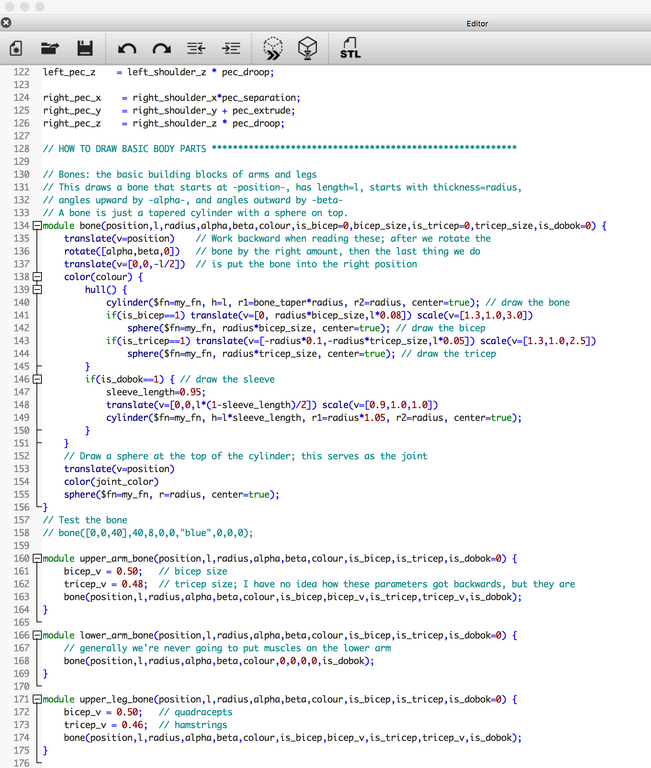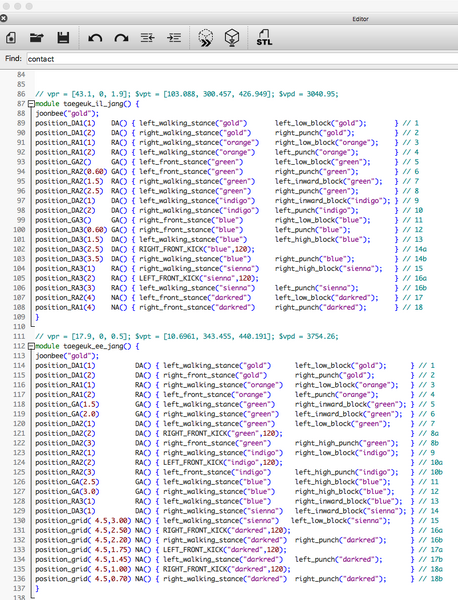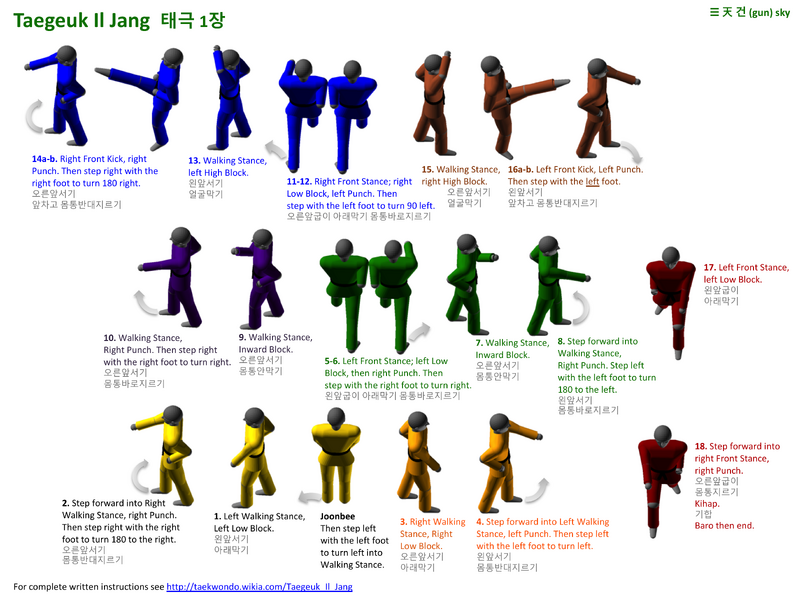TrueJim
Master Black Belt
A few questions:
1) Are they really trying to put in different forms for different age groups? That means instructors will have to learn how many different forms to teach all the different age groups?
2) What belt level is this for, what with the 540 kicks and all? (Aside from me, at my school we have only 2-3 people who can do a 540 roundhouse and 1 who can do 540 hook, and no student aside from me can do both)
3) How do you make that frame-by-frame?
1) Yes sir, time will tell. Kukkiwon designed 10 new poomsae for competition, categorized by age group, but so far WT has apparently adopted only 3 of those poomsae, also organized by age group. We'll have to see how widely these competition poomsae actually get used in tournaments.
In theory, if a taekwondo instructor fields a team that competes in sports poomsae, he will now have to learn at least some of those 10 new forms - the forms corresponding to the age groups in his team.
2) This is for black belts only, and only for the final rounds of the competition. So in theory, only the most elite of athletes will be practicing these forms. Of course, instructors will still need to know them, in order to teach them.
3) In YouTube on a PC, click on the little gear icon in the lower right-hand corner of the video, and you will be given the option of playing the video at different speeds. I play the video at 1/4 speed and hit the pause button at each move. It's very tedious, and very error-prone. I wish Kukkiwon would publish written instructions for the new poomsae -- it would make diagraming these forms MUCH easier.




